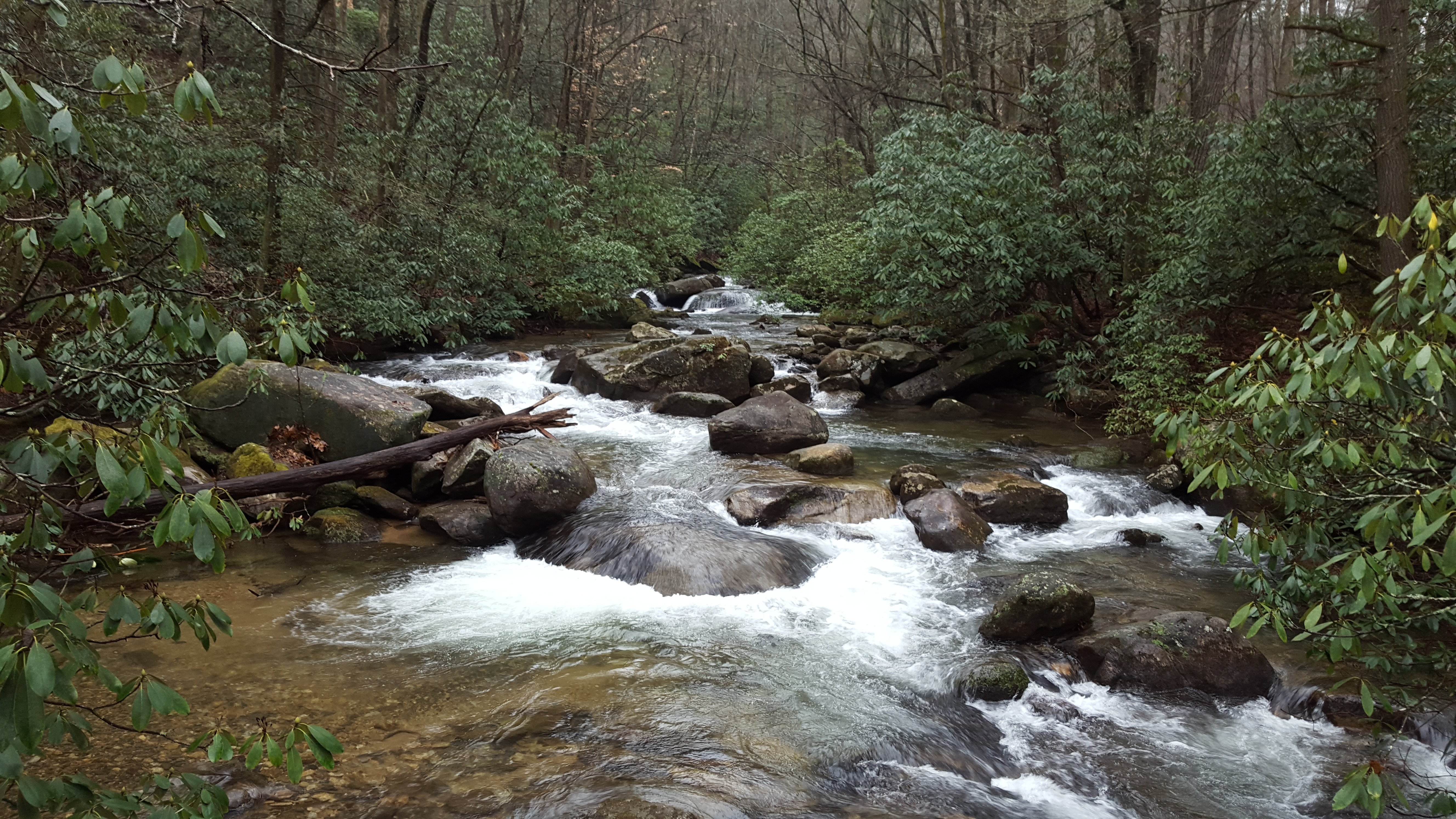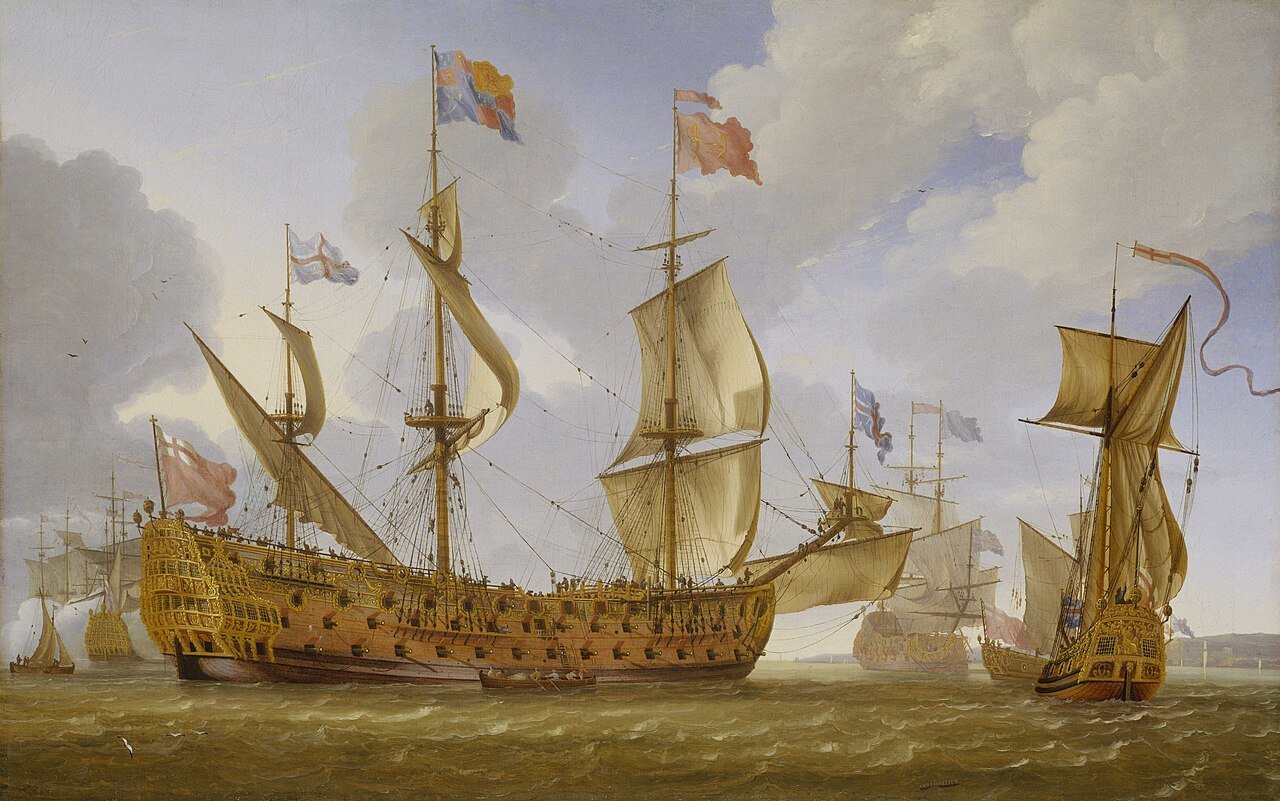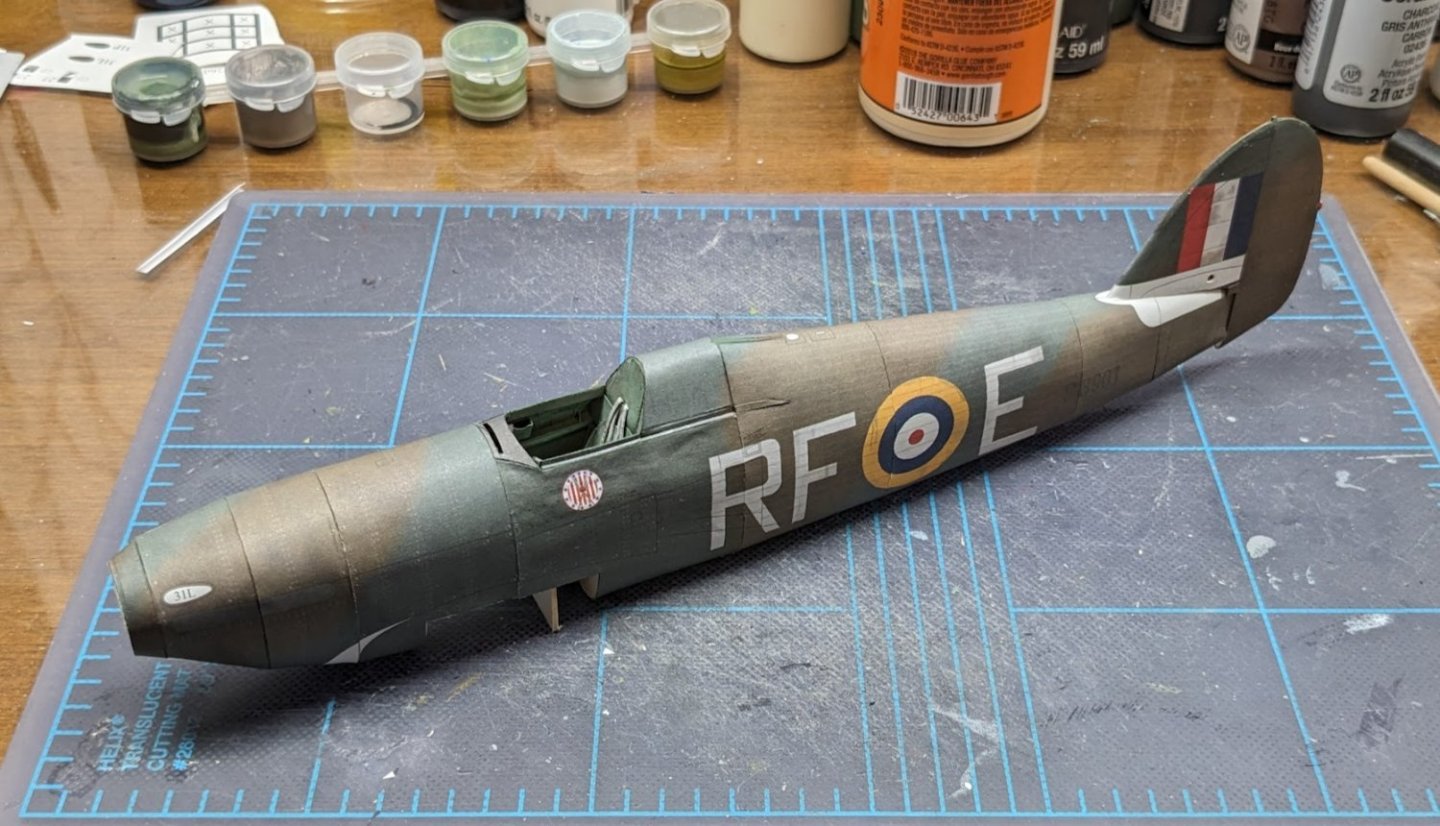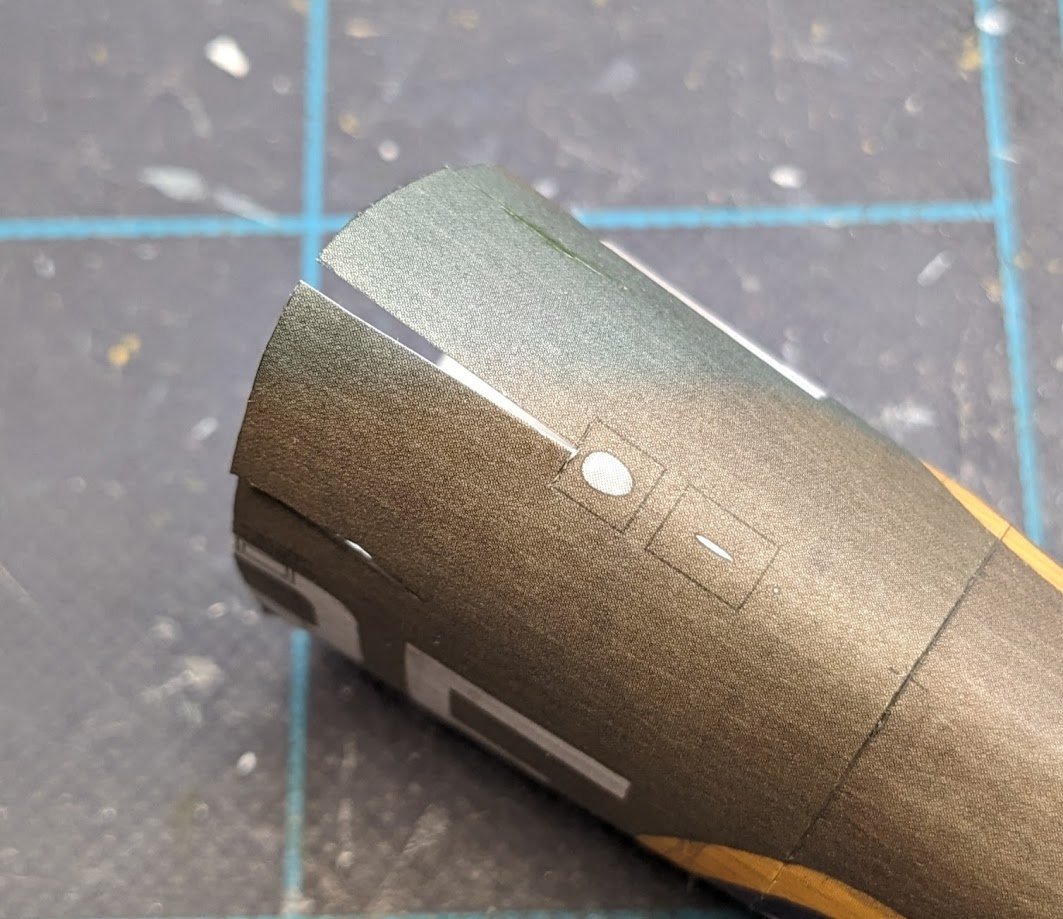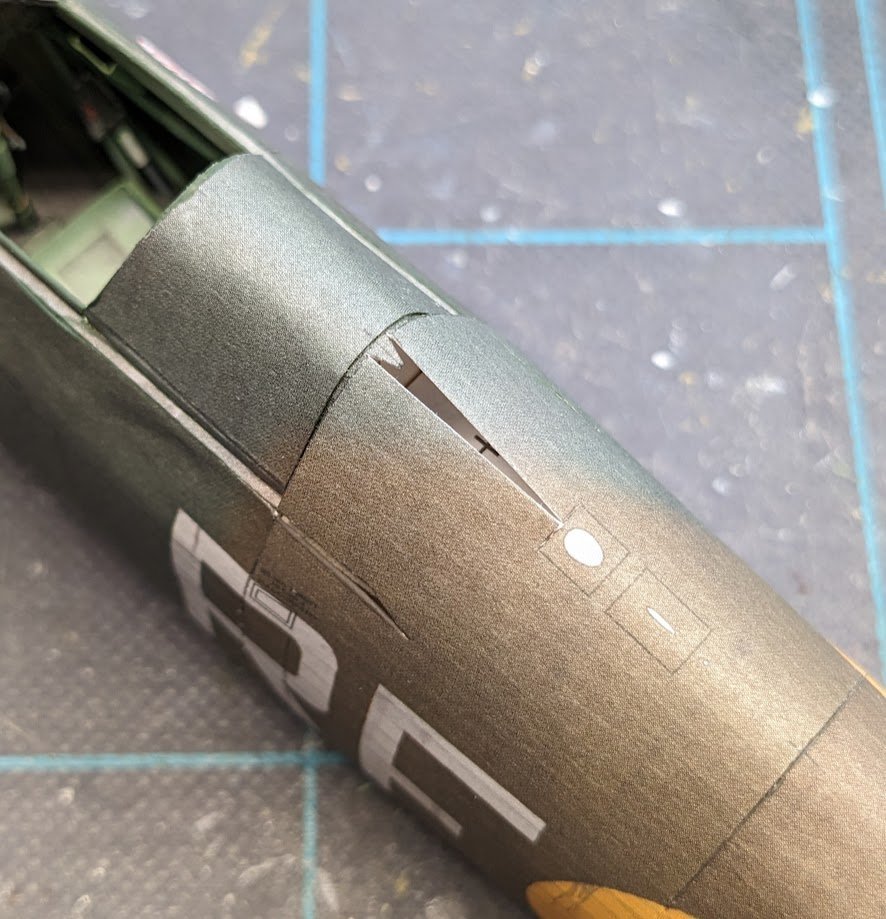-
Posts
10,212 -
Joined
-
Last visited
Content Type
Profiles
Forums
Gallery
Events
Everything posted by ccoyle
-
Hi, Nic. Your grandfather obviously had some skill at making models. It looks like it may be HMS Prince 1670. An Italian kit manufacturer, Aeropiccola, once made a kit of her, and I have seen at least one example of someone building a scratch model from the kit's plans. The bad news for any new modeler is that this particular ship is one of the most challenging subjects a modeler could choose. In addition to the copious amounts of rigging (which could be omitted if the modeler chose to build a hull model, i.e., no rigging), Prince sported an incredibly lavish suite of carved ornamentation. It's not my intention to scare you off your project, but I think you'd want to know just what kind of challenge you would be taking on. http://www.modelshipgallery.com/gallery/misc/sail/HMSPrince-144-mda/index.htm Cheers!
-
Welcome aboard!
-
That's a Bermuda schooner rig. I can't tell you exactly when it came into use, but it's been around a long time. See https://en.wikipedia.org/wiki/Bermuda_rig#History.
-
Welcome aboard! Chile is beautiful country -- I wouldn't mind visiting some day.
-
Absolutely fabulous! What a credit to the card modeler's art! PS: Do you follow the HMV page at Facebook? If not, I'd like to share a link to your build log there -- Benjamin (the owner) would certainly appreciate it.
-
I've no personal experience with them, but I'd be super hesitant to order anything from AliExpress -- they're a known platform for pirated merchandise, and some Chinese sellers have no qualms about using photos that don't depict the actual merchandise being sold.
-
Congratulations, and nicely done!
- 132 replies
-
- King of the Mississippi
- Artesania Latina
-
(and 1 more)
Tagged with:
-
There's no comparison, as you may already know. Chris designed both kits, but the Caldercraft kit dates to very early in his career arc. The Caldercraft kit is still a good product, but Chris' more recent releases for Vanguard Models are ahead in every respect: better designs, better materials, better instructions.
- 8 replies
-
- vanguard models
- cutter
-
(and 1 more)
Tagged with:
-
Greg, your build logs are a real treat. Congratulations on completing another stunning model!
- 233 replies
-

P-51D Mustang by CDW - FINISHED - Dragon - 1:32 Scale
ccoyle replied to CDW's topic in Non-ship/categorised builds
But the original quote said "still to this day," so I was limiting the search of my memory to aircraft that still had flying examples. The De Havilland Hornet was pretty lickety-darn fast, too, but there are no air-worthy examples at present. -

P-51D Mustang by CDW - FINISHED - Dragon - 1:32 Scale
ccoyle replied to CDW's topic in Non-ship/categorised builds
Depends on how one defines "hottest". The Mustang might win the award for best-looking, but there are still Hawker Sea Furies flying today, and the production Fury was 20 mph faster than the P-51D. (For what it's worth, I think nearly all piston-engined, propeller-driven fighters are beautiful.) -

Hello from British Columbia!
ccoyle replied to sixtythousandbees's topic in New member Introductions
Welcome aboard! I, too, write for a living, but I write textbooks, so it's not terribly exciting work. -
Welcome aboard!
-
Well, after all that doom-and-gloom reaction last night, I think I hit on a solution that will work. First I took a short break to finish off the cockpit canopy rails. Then, moving on to the aft fuselage skin, I cut a slit from the forward edge back to one of the small boxes printed on the spine. There I cut in two small perpendicular slits, creating two flaps. The two flaps can now spread apart when the skin is added to the cockpit section, forming a dart that will need to be filled in with scrap card. I will add a joiner strip between the two sides, so that the dart will have some subsurface to adhere to. There will be a visible repair after the job is finished, but at least I won't have to round-file the entire project -- yet. Cheers!
About us
Modelshipworld - Advancing Ship Modeling through Research
SSL Secured
Your security is important for us so this Website is SSL-Secured
NRG Mailing Address
Nautical Research Guild
237 South Lincoln Street
Westmont IL, 60559-1917
Model Ship World ® and the MSW logo are Registered Trademarks, and belong to the Nautical Research Guild (United States Patent and Trademark Office: No. 6,929,264 & No. 6,929,274, registered Dec. 20, 2022)
Helpful Links
About the NRG
If you enjoy building ship models that are historically accurate as well as beautiful, then The Nautical Research Guild (NRG) is just right for you.
The Guild is a non-profit educational organization whose mission is to “Advance Ship Modeling Through Research”. We provide support to our members in their efforts to raise the quality of their model ships.
The Nautical Research Guild has published our world-renowned quarterly magazine, The Nautical Research Journal, since 1955. The pages of the Journal are full of articles by accomplished ship modelers who show you how they create those exquisite details on their models, and by maritime historians who show you the correct details to build. The Journal is available in both print and digital editions. Go to the NRG web site (www.thenrg.org) to download a complimentary digital copy of the Journal. The NRG also publishes plan sets, books and compilations of back issues of the Journal and the former Ships in Scale and Model Ship Builder magazines.

